Adventures in Space

A new way of approaching the design of office space, seamlessly combined with up-to-date technology, has been quietly revolutionising to the way we work
At a tech firm in Boston, the two-level office is linked by a metal slide, so employees on the upper floor can literally swoop into meetings on the floor below. In London, a digital technology company has installed whiteboards around the space for on-the-spot brainstorming - and a zero paper-storage policy (no archaic filing cabinets here.) In Wisconsin, a company that deals in micro markets - think upscale vending machines - made news earlier this year by inviting their employees to be microchipped; the upside - a scanner ‘reads’ the staffer’s wrist, gives easy access to the building, and makes orders in the cafeteria a breeze to bill.
This is the face of today’s corporate environments, where seamless technology, efficiently configured workspaces and boundary-pushing elements combine to create what experts describe as a place where communities can form. “I prefer to take a Utopian view,” said Jodi Williams, associate vice president of CallisonRTKL, a global architecture and design firm which recently released a report entitled The Future of Work. “We are going to see the office as a place of community. It’s not just where we work. It’s a place where we come together to generate ideas and to be the company.”
The first step, say architects, has been to bust through the conventions of a stereotypical office environment. So where an office in the past might have had a reception desk and waiting area, a conference room, suites for executives and cubicles for everyone else, a tiny kitchenette hidden in the corner - that has all been turned on its head. So much so, in fact, that Brynne Rinderknecht, a commercial interior designer based in Singapore and New York, says that today’s young workers are seeking “A collective experience, similar to what they can find at Burning Man,” she said, referencing the huge alt-culture art and music fest that takes place once a year in the Nevada desert. “They want a space to find their creative flow.”
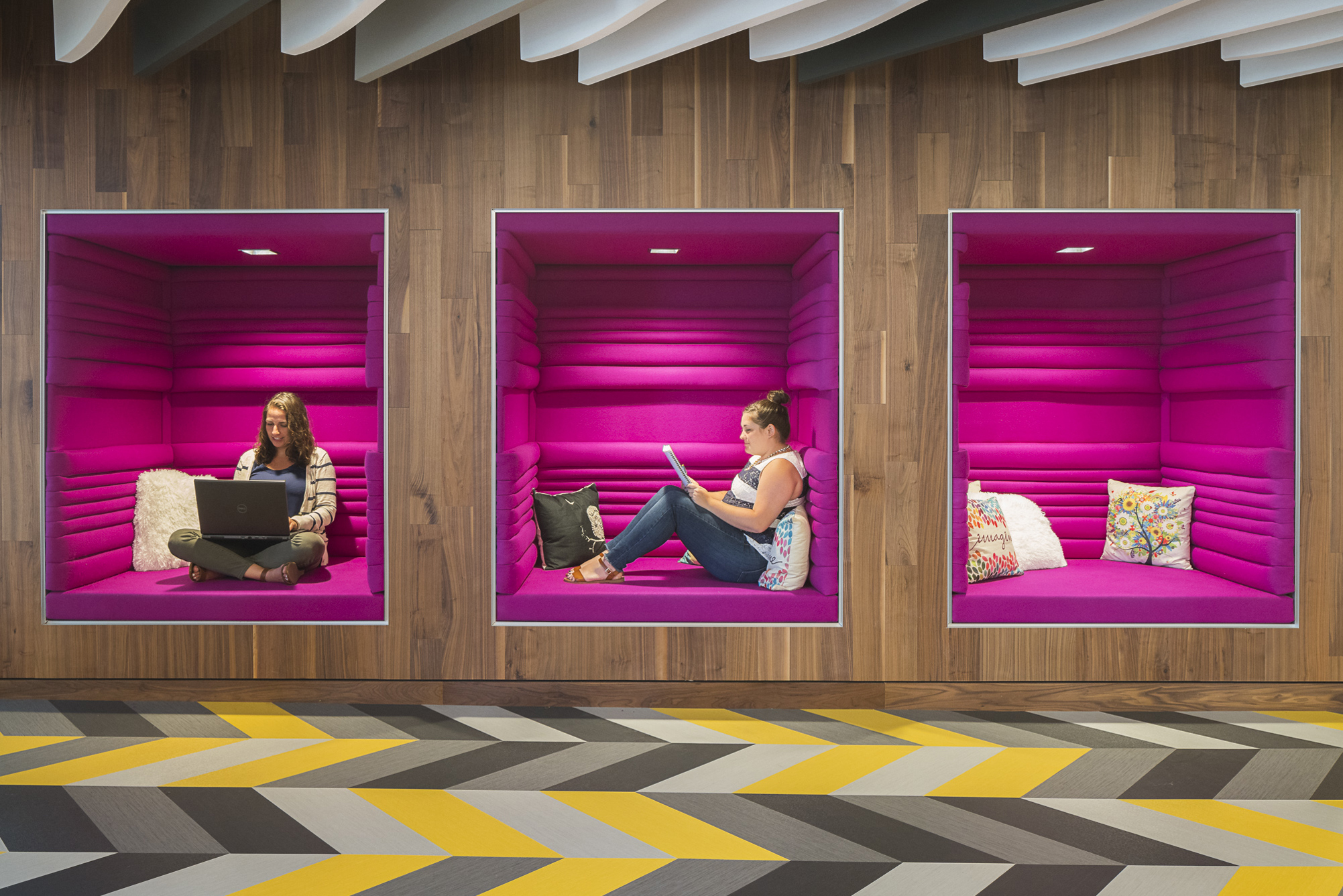
|
Much of the evolution in office space design, says Rinderknect, is owed to the way people today work: laptops or iPads instead of desktops, couches and coffee shops instead of desks - or standing desks instead of conventional seated ones. “People want more options to move their bodies around in creative spaces,” she said. So offices are increasingly being configured to reflect that. Where possible, there are open airy spaces with greenery and lots of natural light, communal areas for quick meetings - which she describes as “Cross-pollination spaces” and little “Pods” where staffers can work quietly or take a call. Zeigler’s point underscores the general sentiment behind much of what’s happening in office space design these days; firms - especially tech firms - are in great need of talent. To attract, and retain top talent, they need to provide a compelling and innovative work space.
|
At their Boston project - a 60,000 square foot branch of French ad tech company Criteo, the client “Wanted the two floors to be activated by the groups on both floors,” said Bala, who sourced the slide from a company that specialises in adult - and not regular playground - slides. There are also pink cushioned cubbies where employees can cosy up with their laptops and get some private work in, as well as a ‘Zen Room’ for some true alone time. “The building blocks of offices are essentially the same as they have been over the past 10 or 15 years,” said Zeigler. “What’s changed is the way they’re mixed throughout the floor. There is much more flexibility now and less of a line between front of house and back of house, between public and private spaces.” Bala agreed, stating that spaces are now “Less specific, and need to be more flexible.” A key word they use to describe how a business space should feel is agile. A case in point - Reed Hastings, billionaire founder of Netflix, doesn’t have his own office at the entertainment behemoth’s Los Gatos, California headquarters. Instead, he takes meetings in one of the umpteen communal areas in the building, or in their sprawling restaurant-style cafeterias. Technology has to be seamlessly woven in. So in place of a boardroom or meeting room where employees are fussing to connect with a video screen or a monitor, the room should be wired in such a way that participants can lock straight in and be able to easily share screens and other resources with their colleagues. And one thing that many office workers are asking for is personal climate control, with a way to maintain a specific temperature in a person’s immediate space. Also, the kitchen/cafe is a big central hub instead of a place where people stash their lunch and duck in to grab a quick cup of coffee. Indeed, in some modern offices, the kitchen area can resemble a genuine restaurant environment, even featuring a barista. |
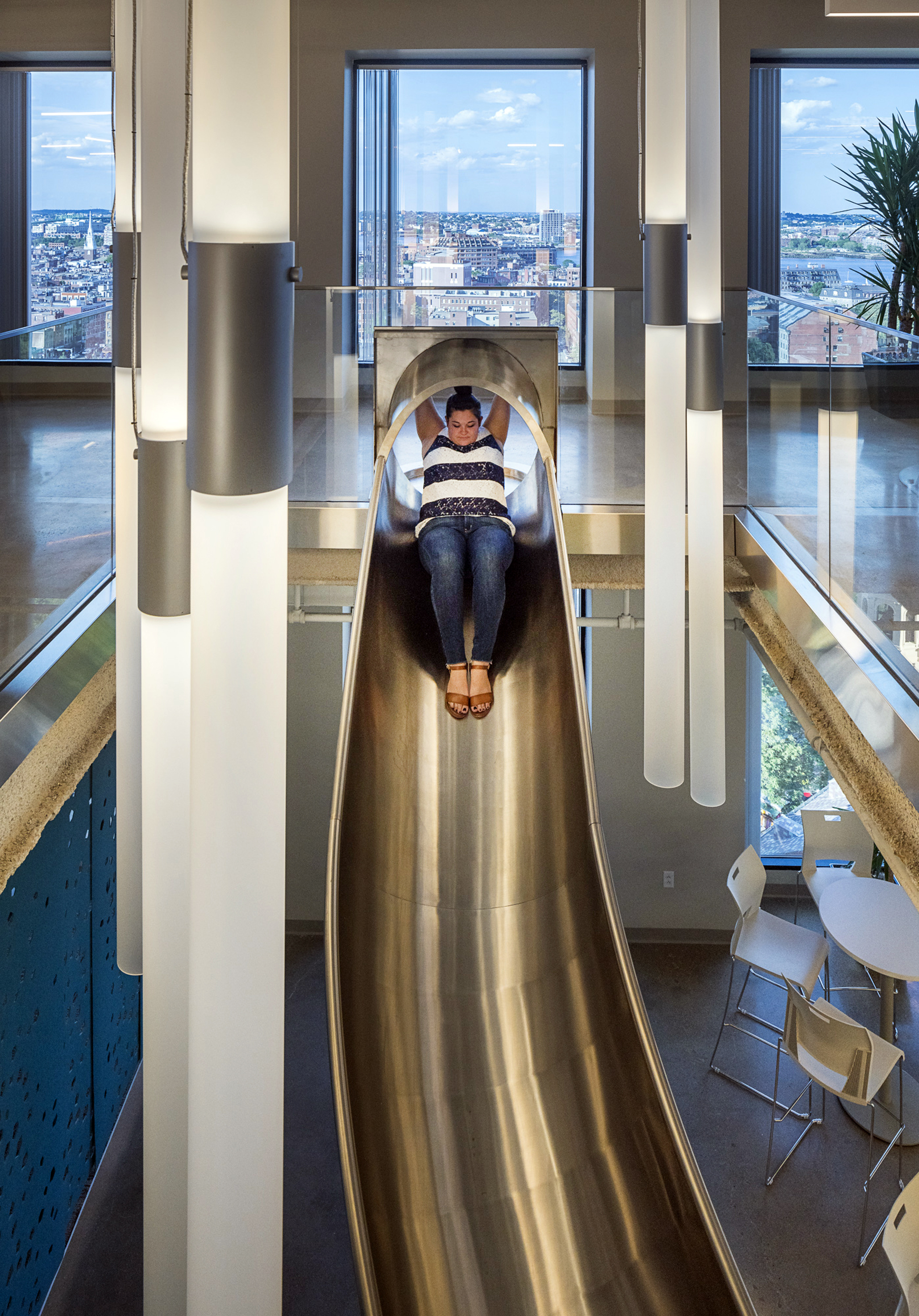
|
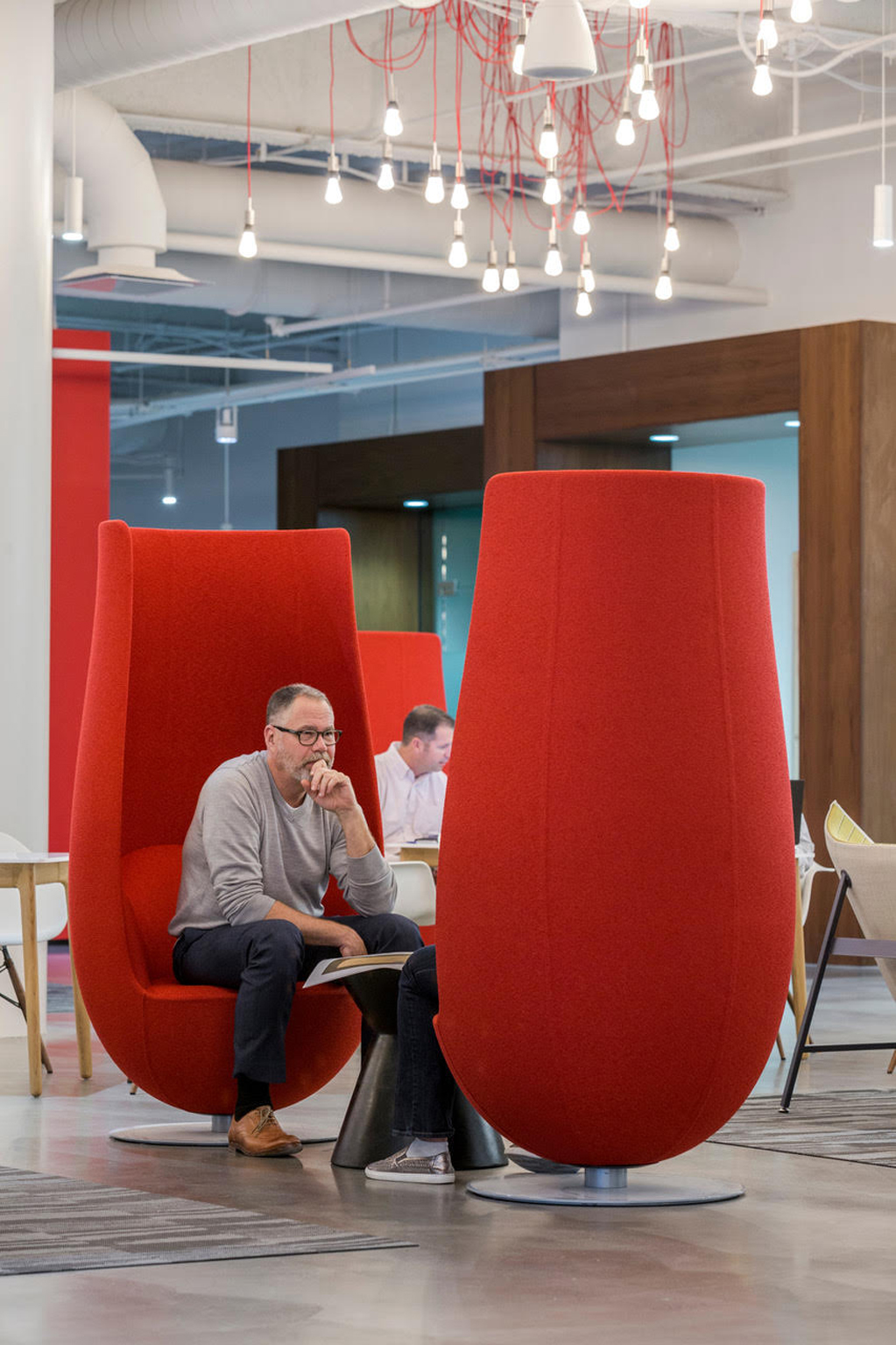
|
Certainly, while the argument could be made that these innovations might look right on-point in a burgeoning tech, creative or media firm populated by millennials and with oodles of venture capital funding, it’s easy to think that they might not be as practical for more traditional environments such as banking, insurance or medical practices. But Williams, of CallisonRTKL, says that the direction office environments are headed is more about effectiveness and keeping staffers productive than simply incorporating some nifty and cool new thing. “It’s fundamentally about a desire to drive productivity,” said Williams. “There has been lots of research about the impact of wellness and wellbeing and the end product that is the outcome of any business.” To this end, any office space should incorporate a couple of key things at least. These include good indoor air quality and access to daylight. Then, designers can predicate their plans on the idea, Williams said, of “Activity-based work” - a ‘Phone Booth’ for private calls or to take a break, formal conversation spaces, a collaborative work space. Going even further, she stresses the importance of furniture that “Supports the physical body.” This means seating areas where someone can comfortably sit with their laptop instead of having to hunch over. High-backed sofas can help break up a zone - and designers need to think about ways that a visitor to the office can be led through a space without distracting employees. “It’s important to think as much about what’s behind the person as what’s in front of them,” said Williams, adding that an oft-overlooked detail is how glare from the sun can hit computer screens in the middle of the afternoon. Still, with all the cutting-edge innovations in an office space, designers warn against things becoming too casual, quirky or trendy. These are, after all, still places of business. “It’s not about putting in fun and games,” said Neena Verma, designer with New York-based design firm Mapos. “It’s about figuring out the goals of the company.” Like many designers, Verma rails against many of the cliches that have sprung up around contemporary work spaces - staffers whizzing by on skateboards, typing reports on a treadmill desk, brainstorming in a ball pit. “Some of those are things you see in the movies,” said Verma. “Regardless of the field, more people are embracing the idea of comfort, and having their employees feel comfortable, where there’s an eye towards colours that are soothing, or seeing furniture that’s a lot more residential in style than a typical office set-up.” Ultimately, the most significant change is really in how a business views its space now, compared to years ago, where it might just have been a place to house people while they worked on outdated equipment and poorly-designed furniture. “It’s proof that more and more companies are seeing space as valuable to business,” said Verma. “It’s a way to treat talent and to increase efficiency, aesthetics aside. Businesses are becoming really aware in a wonderful way of how to use a space to their advantage. They are being adventurous but it’s dangerous to design for the sake of just being casual.” |
Others
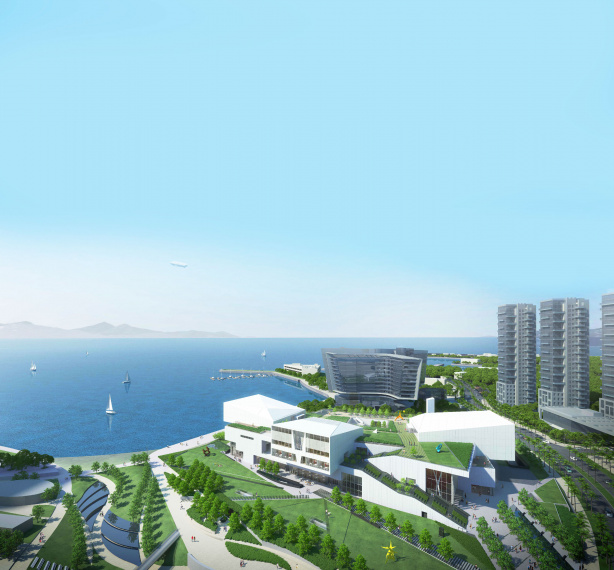
Latest News | 1 March 2018
Exporting Shenzhen’s design culture
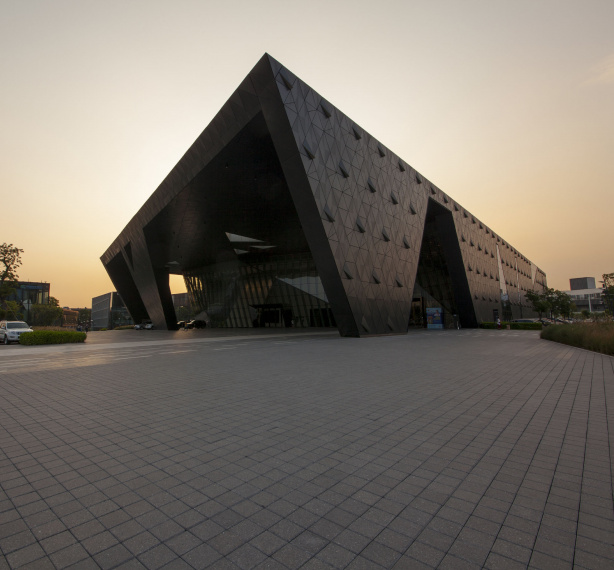
Latest News | 1 March 2018
Shenzhen’s Shifting Fortunes
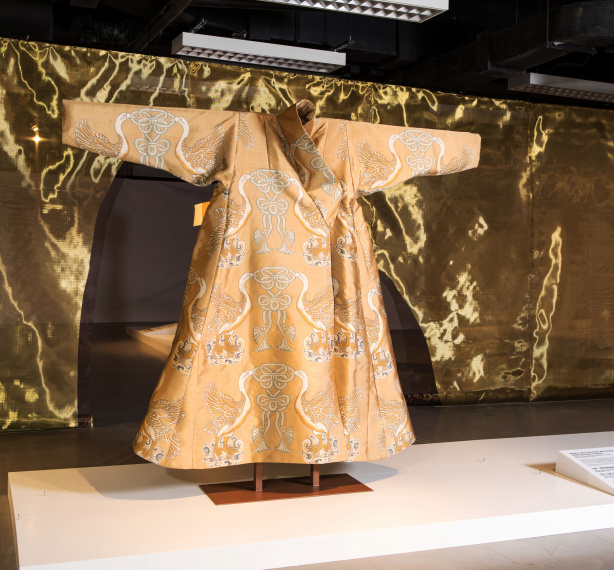
Latest News | 1 March 2018
In Praise of Silk: Fashion from China National Silk Museum Across Time
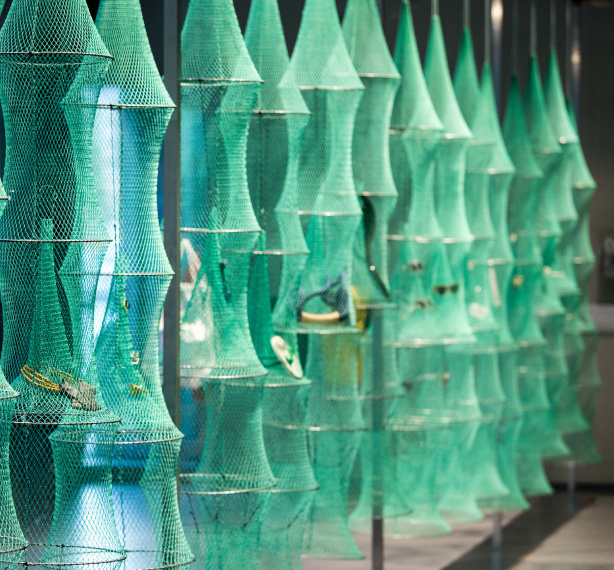
Latest News | 1 March 2018
KEEP WATCH-ING

Latest News | 1 March 2018
Into the Laboratory

Latest News | 1 March 2018
Different Paths
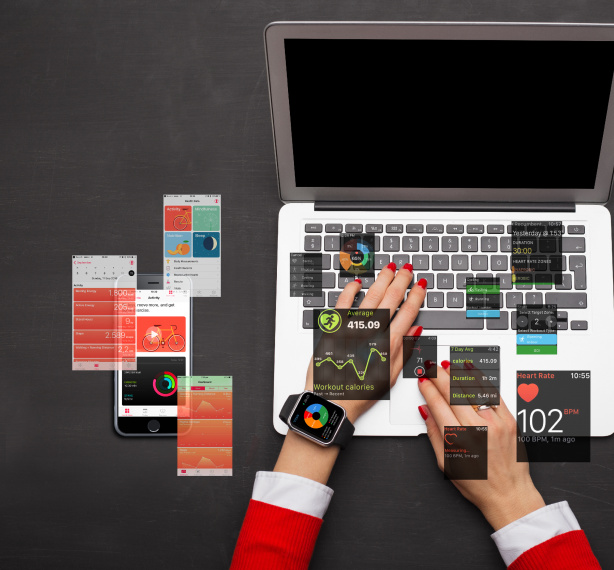
Latest News | 1 March 2018
Are you working well?
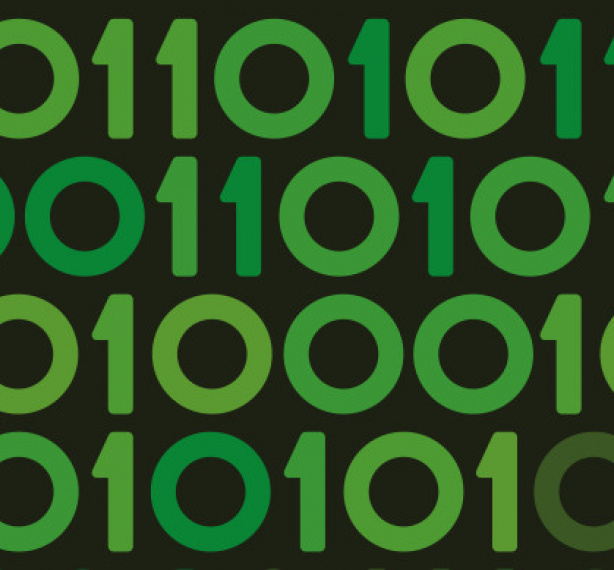
Latest News | 1 March 2018
The Chain
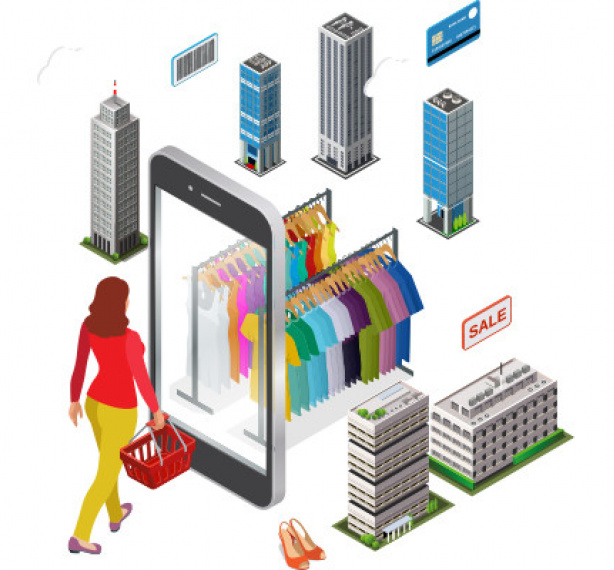
Latest News | 1 March 2018
Future-facing Retail
